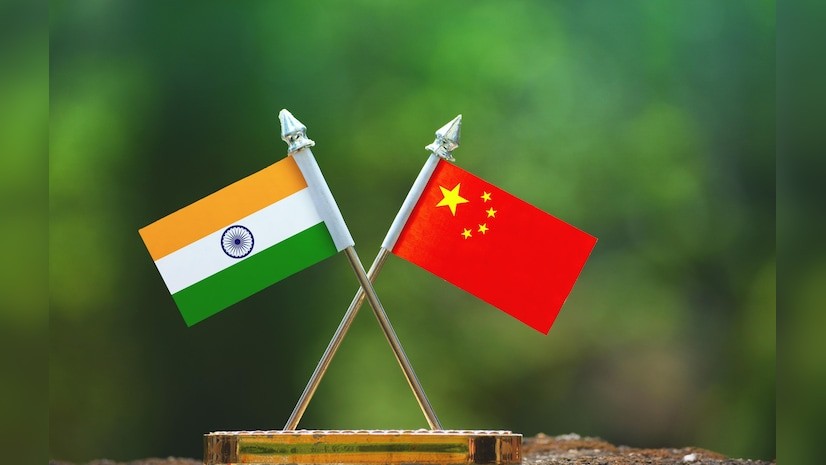August 11, 2025
Experts believes such partnerships are critical to scaling up domestic manufacturing in certain sectors

Several electronics manufacturing services (EMS) firms have proposals pending with the government, including technology-transfer deals with Chinese partners
The recent easing of tensions with China could pave the way for smoother government approvals for joint ventures between Indian electronics makers and Chinese component suppliers, against the backdrop of prevailing trade frictions between New Delhi and Washington, industry sources and experts say.
They believe such partnerships are critical to scaling up domestic manufacturing in segments like printed circuit boards (PCBs), display modules, camera sub-assemblies and batteries.
Several electronics manufacturing services (EMS) firms have proposals pending with the government, including technology-transfer deals with Chinese partners, despite the restrictions under India’s 2020 FDI policy requiring clearance for investments from countries sharing a land border.
“Lately, the situation has improved and is looking better than before. We have submitted proposals and are awaiting approvals for planned JVs with leading Chinese companies,” said a senior executive at an EMS firm.
Another industry executive said the government wants any Chinese investment to come with technology transfer. “The success of the new component policy hinges on participation from Chinese vendors in key categories. We are optimistic now that the relationship is improving,” he added.
Amber Enterprises chairman and CEO Jasbir Singh said there are signs of easing in areas like surface-mount technology. “Capital goods issue is with China, but the system is opening up slowly. Visas are also being given to Chinese tourists. With more such developments, other issues from the Chinese side, like capital equipment, will also improve,” he said.
According to industry sources, the Ministry of Electronics and IT (MeitY) sees certain Chinese investments as vital for India’s manufacturing ambitions and for the success of the upcoming Electronics Component Manufacturing Scheme (ECMS).
NITI Aayog has also proposed allowing Chinese firms to acquire up to 24% in Indian companies without triggering additional scrutiny.
The push comes ahead of Prime Minister Narendra Modi’s expected visit to China later this month to attend the Shanghai Cooperation Organisation (SCO) Summit — his first trip to Beijing in seven years — and follows recent talks between External Affairs Minister S Jaishankar and Chinese Foreign Minister Wang Yi.
A senior government official said India cannot ignore China’s role in the global supply chain. “Over 60% of global electronics manufacturing is based in China. You can’t ignore them if you want to build local capabilities,” the official noted.
Tarun Pathak, research director at Counterpoint, said India’s stance appears to be a strategic recalibration. “For India, China makes sense due to multiple synergies, especially in electronics and components. We expect more JVs and tech transfers in PCB, display modules, camera sub-assemblies and batteries in the coming years… something which will not go well with the USA,” he said.
The government has allocated Rs 22,919 crore under the ECMS to incentivise domestic component production. Industry executives say Chinese expertise is essential given their dominance in global component manufacturing.
Dixon Technologies and Bhagwati (Micromax) already have JV agreements with Chinese firms awaiting approval, while Dixon recently received clearance for a JV with Longcheer, in which it will hold 74% and the Chinese partner 26%. Dixon expects further approvals for tie-ups with HKC, Chongqing Yuhai Precision Manufacturing and Vivo Mobile India under the Press Note 3 regime, and plans to file fresh ECMS applications for display modules, camera modules and precision components next week.
Ashok Chandak, chairman of the India Electronics and Semiconductor Association (IESA), said India remains dependent on China for key components because of their cost advantage and scale. “In PCB, they do a lot of vertical integration. In display and low-cost sensors, we also have dependency on China and our readiness is limited,” he said, adding that India lacks display assembly and processing capabilities.
Chandak said MeitY is also encouraging investment proposals from Japan, Korea, Taiwan, Malaysia and Thailand to diversify supply chains. “In the passive components space, we can look beyond China for technology partnerships,” he added.
Source: https://www.moneycontrol.com
